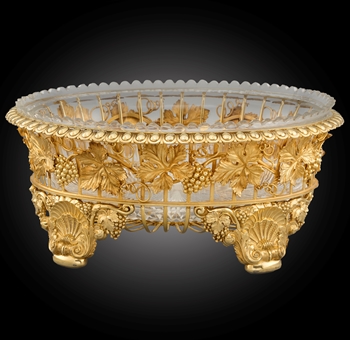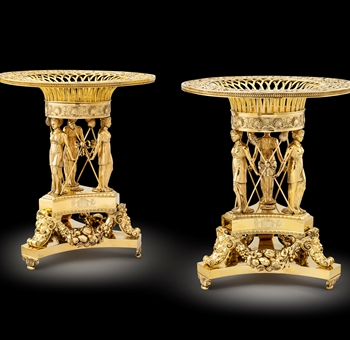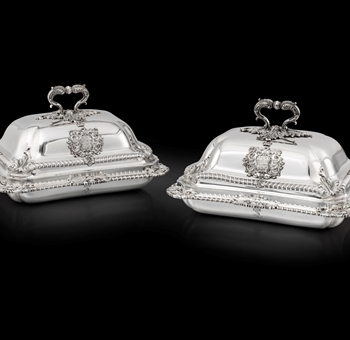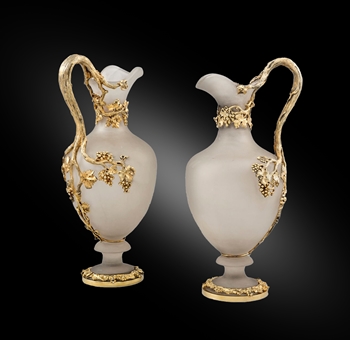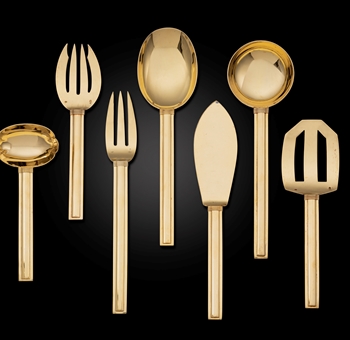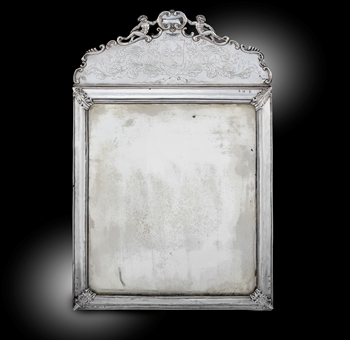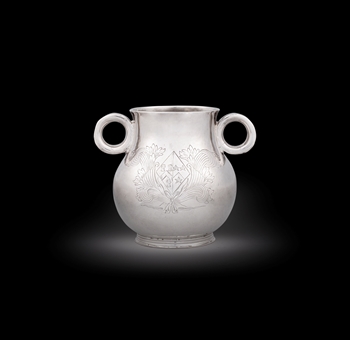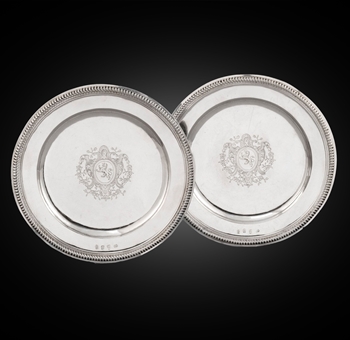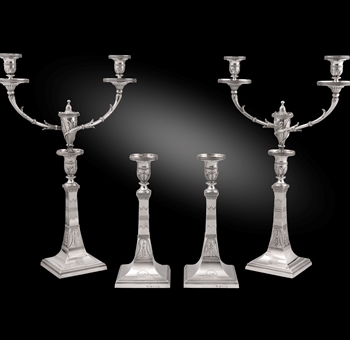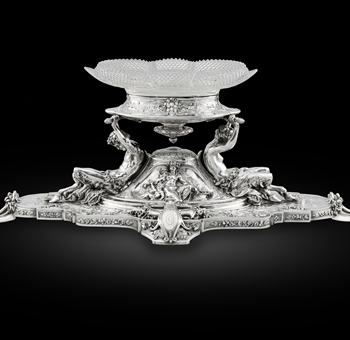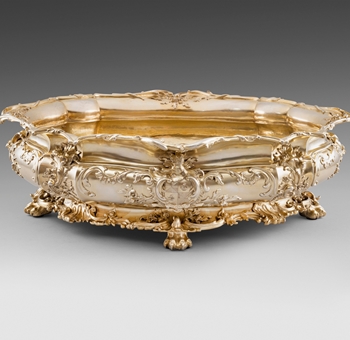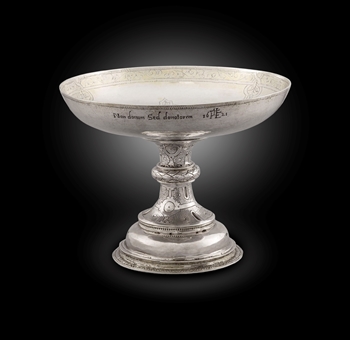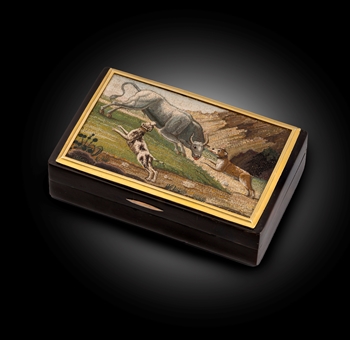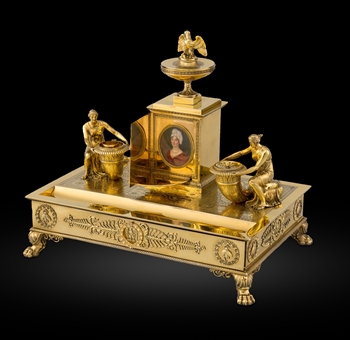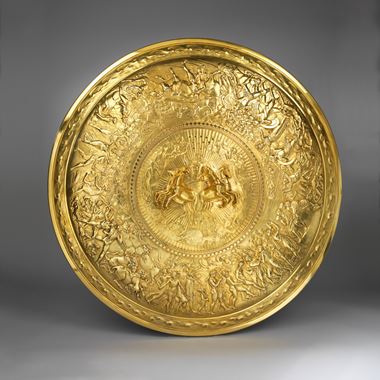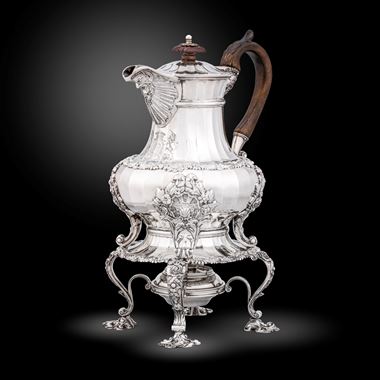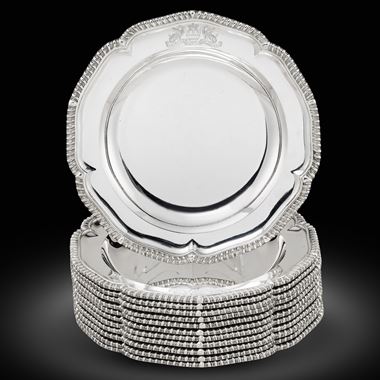The Jolly Duchess: Harriot Mellon
Harriot Beauclerk, Duchess of St Albans (née Mellon; 11 November 1777 – 6 August 1837) according to her memoirs published in 1839, was born near Cork in the south of Ireland to parents who were typical cottiers of the period; that is poor Catholic subsistence farmers. This makes her rise to be the richest woman of her age all the more remarkable. When her village was visited by strolling players (member of a travelling theatre company) she decided upon a life as an actress who eventually starred at Drury Lane. She was successively the wife of banker Thomas Coutts and William Beauclerk, 9th Duke of St Albans. She was widely celebrated for her beauty and was painted by George Romney and Sir Thomas Lawrence.
When she was young, she appeared at the Duke Street Theatre, where she attracted the attention of an elderly wealthy banker, Thomas Coutts, founder of Coutts & Co, the royal bank. Following his wife's death in 1815 she married him. From his previous marriage, he had three daughters: Susan Coutts (wife of the 3rd Earl of Guilford), Frances Coutts (wife of the 1st Marquess of Bute), and Sophia (wife of Sir Francis Burdett).
In 1822, after her husband's death, she became very wealthy, having been bequeathed his entire fortune, including his interest in the family bank. She purchased the lease on a country property four miles away at the Holly Lodge in Highgate, holding parties there and at her town house at 78 Stratton Street Piccadilly. She also spent time at her house in Brighton, St Alban's House, 131 Kings Road, on the corner of Regency Square.
In 1827 she married William Beauclerk, 9th Duke of St Albans, who was 23 years her junior. Sir Walter Scott wrote to her to congratulate her. Her reply is quoted in full in his journal for 30 June 1827. They were "old and true friends" and she wrote to him:
What a strange eventful life has mine been, from a poor little player child, with just food and clothes to cover me, dependent on a very precarious profession, without talent or a friend in the world – first the wife of the best, the most perfect being that ever breathed ...and now the wife of a Duke! You must write my life... my true history written by the author of Waverley.
On her death in 1837, her property and fortune went to her step granddaughter, carefully selected as heir after careful scrutiny of the possible recipients, who as a condition of the inheritance adapted her name to Angela Burdett-Coutts.
Harriet, Duchess of St. Albans
Thence by descent to her step-granddaughter Angela Burdett, Baroness Burdett-Coutts
Christie’s New York, 23 March 1983, lot 213
Christie’s London, 7 June 2011, lot 353
Koopman Rare Art, London, 2011
Son of Thomas Rundell doctor of Widcombe Bath, born 1743. Apprenticed to William Rodgers jeweller of Bath on payment of £20. Arrived in London, 1767 or 1769, as a shopman to Theed and Pickett, Ludgate Hill, at a salary of £20 p.a.. Made partner with Picket in 1772 and acquired sole ownership of the business in 1785-6. Took John Bridge into partnership in 1788 and his nephew Edmund Walter Rundell by 1803, the firm being styled Rundell Bridge and Rundell from 1805. Appointed Goldsmith and Jeweller to the King in 1797, due it is said, to George III's acquaintanceship with John Bridge's relative, a farmer near Weymouth. He took Paul Storr into working partnership in 1807, an arrangement that lasted until 1819, when the latter gained independence. Only then was Rundell's mark entered as plateworker, 4th March, 1819. Address: 76 Dean Street, Soho, (the workshop). In 1823 John Bridge enters his first mark and it seems probable therefore that it was about this time that Rundell retired. He did not die however until 1827, leaving his fortune of 1.25 million to his nephew Joseph Neeld.
You May Also Like






